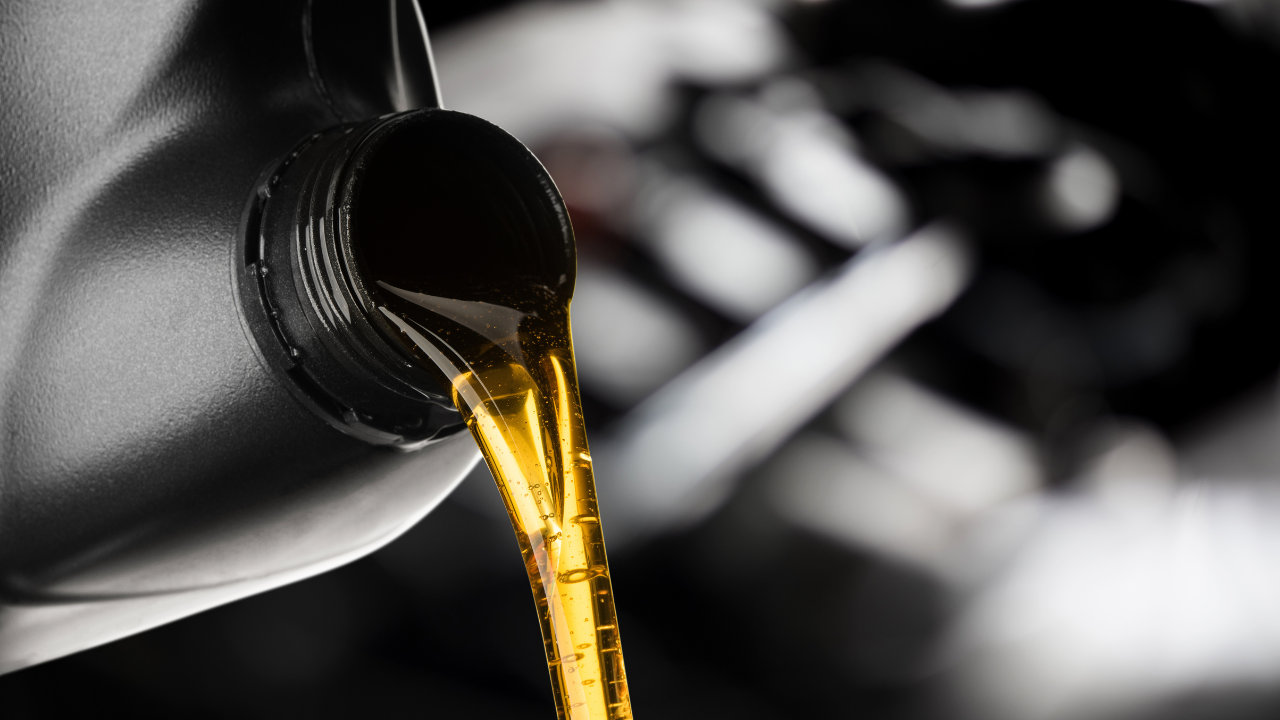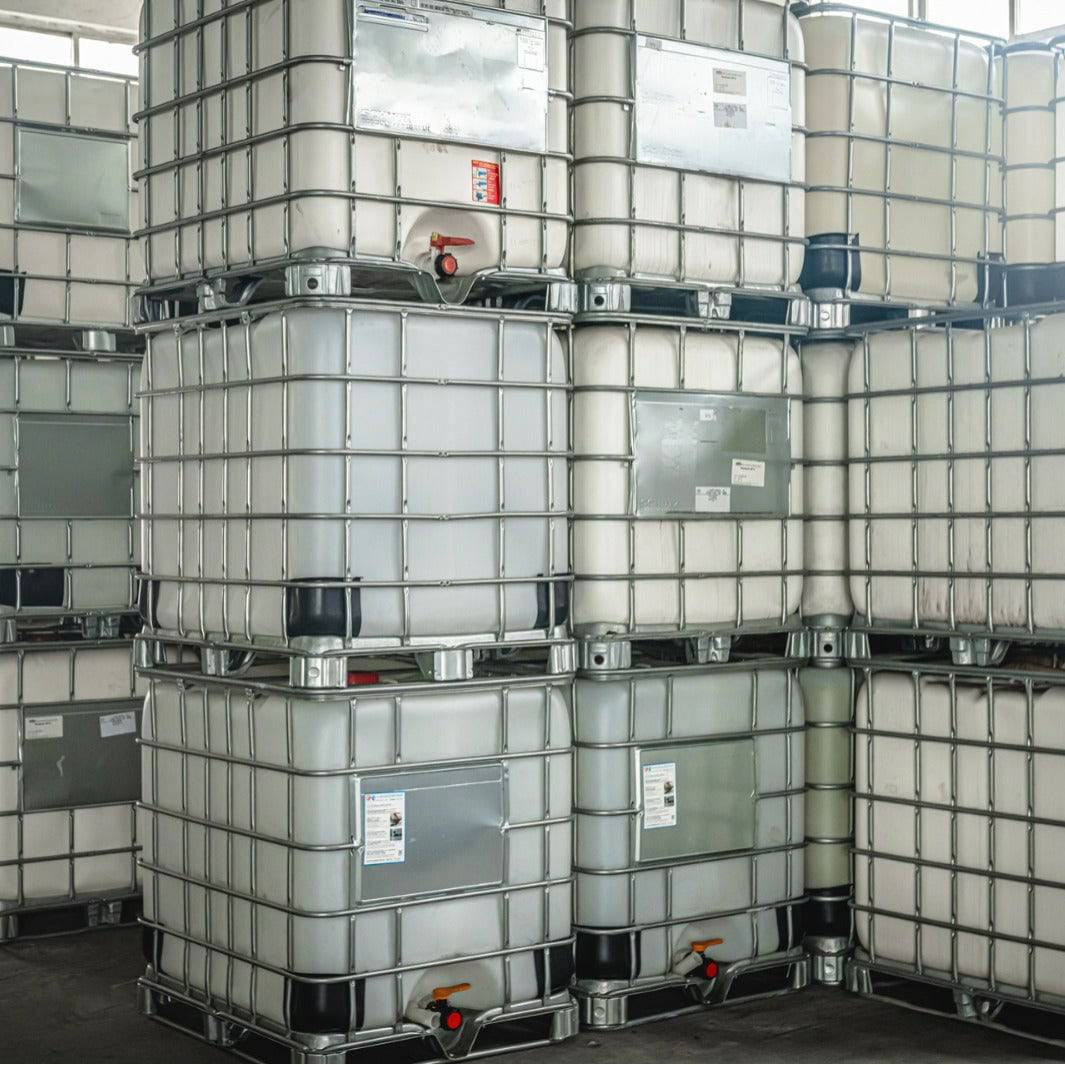Picking the Right Heat Transfer Fluid for Your Application: Key Considerations
Picking the Right Heat Transfer Fluid for Your Application: Key Considerations
Blog Article
Optimize Your System's Lifespan With the Right Heat Transfer Fluid
Selecting the suitable heat transfer liquid is essential for enhancing system efficiency and durability. Comprehending the various kinds of heat transfer fluids and the specific demands of your application can considerably influence the overall health of your system.
Significance of Heat Transfer Fluids

Moreover, warm transfer liquids contribute to the safety and security and reliability of thermal systems. Furthermore, the best heat transfer fluid can supply security against rust and scaling, further extending the lifespan of machinery and framework.
Types of Heat Transfer Fluids
Numerous kinds of warm transfer fluids are typically used in industrial applications, each tailored to certain operational requirements and temperature level arrays. One of the most common categories consist of water, oils, and specialized artificial liquids.
Water is typically employed as a result of its outstanding thermal conductivity and availability; nonetheless, its restrictions develop at high temperature levels and possible freezing problems. For greater temperature applications, thermal oils, such as mineral oils or natural compounds, are used. These oils give exceptional thermal stability and can run successfully at elevated temperature levels, making them appropriate for processes like food handling and petrochemical production.
Artificial fluids, which can be either natural or not natural, are designed to fulfill particular efficiency requirements. They frequently display enhanced homes such as reduced toxicity, vast temperature arrays, and resistance to oxidation. Examples consist of glycols and esters, which are perfect for specialized applications like solar thermal systems and warmth exchangers.
Furthermore, cooling agents are utilized in cooling down systems, leveraging their stage modification properties to release and soak up heat effectively. Each kind of heat transfer fluid is and offers distinctive advantages chosen based upon the specific requirements of the application, ensuring ideal efficiency and system long life.
Factors to Consider When Selecting
Choosing the ideal heat transfer fluid entails cautious factor to consider of numerous aspects to guarantee ideal efficiency and system performance. Among the primary elements is the temperature variety needed for the system. Fluids differ in their thermal security and can decompose or shed efficiency outside particular temperature limitations.
One more vital consideration is the fluid's viscosity, as it affects pump efficiency and power usage. A fluid that is too thick might impede flow and increase operational prices. In addition, the liquid's certain warm capability plays an important function in establishing how properly it can move heat.
Chemical compatibility with system materials is additionally important to protect against rust, deterioration, or leaks - heat transfer fluid. Making certain that the chosen liquid works with the building products can extend the lifespan of the system

Benefits of Appropriate Fluid Choice
Correct selection of a heat transfer fluid returns substantial benefits for system efficiency and reliability. The ideal fluid improves thermal conductivity, making sure optimum warmth transfer rates within the system. This efficiency reduces power usage, bring about reduced operational expenses and a lowered ecological impact.
Moreover, appropriate fluid selection adds to system longevity by stopping deterioration and destruction of parts. Liquids created with deterioration preventions shield steel surface areas, therefore expanding the lifespan of pumps, pipelines, and warmth exchangers. In addition, picking a liquid with ideal thickness makes sure efficient flow, which is vital for maintaining consistent temperature circulation throughout the system.
An additional crucial advantage is the fluid's thermal stability. A secure warmth transfer fluid can run over a vast temperature level variety without breaking down or shedding performance, which is necessary for systems subjected to varying thermal conditions. The best fluid can also minimize dangers connected to cold or boiling, thus protecting against functional disruptions.
Upkeep Tips for Longevity
Guaranteeing the longevity of a warm transfer system requires attentive maintenance techniques that match the advantages of proper liquid selection. Routine examinations are vital to identify possible leaks, rust, or sediment build-up that can compromise system performance. Develop a routine schedule to assess pipe honesty, connections, and fittings, as these locations are frequently at risk to deterioration.

Keeping track of fluid levels and high quality is similarly vital. Regularly check for signs of contamination, such as discoloration or particle issue, which can show degradation of the heat transfer liquid. Implementing routine liquid evaluation can supply understandings right into its chemical properties, enabling prompt substitutes when you could look here essential.
In addition, about his preserving ideal operating temperatures is important. Encourage using temperature controls and sensors to avoid getting too hot, which can increase liquid deterioration and damage system parts.
Last but not least, constantly follow the maker's guidelines concerning fluid substitute intervals and maintenance methods. By devoting to these finest practices, you can significantly boost the functional life-span of your warm transfer system, guaranteeing reliable efficiency and minimizing the need for early substitutes or costly repairs.
Verdict
To conclude, the selection of an ideal warm transfer liquid is vital for enhancing system performance and long life. By understanding the different kinds of liquids and taking into consideration key aspects such as thermal conductivity and corrosion resistance, optimum performance can be achieved. Furthermore, regular maintenance and inspections play a crucial role in sustaining operating problems. Prioritizing these aspects ensures the extensive life expectancy of crucial components, inevitably adding to a much more trusted and efficient system.
Warm transfer liquids play a crucial role in various industrial and industrial applications by facilitating the effective transfer of warm in between surface areas.Additionally, warmth transfer liquids add to the safety and security and integrity of thermal systems. In addition, the liquid's certain warmth ability plays an essential duty in establishing just how efficiently it can move warmth.
The appropriate liquid enhances thermal conductivity, guaranteeing optimal heat transfer prices within the system. A secure warmth transfer liquid can operate over a broad temperature variety without breaking down or shedding performance, which go to my site is necessary for systems subjected to changing thermal conditions.
Report this page